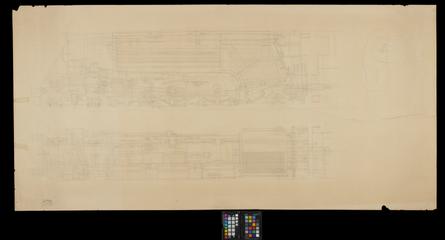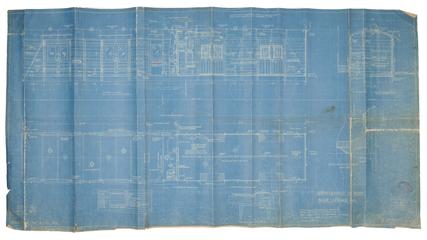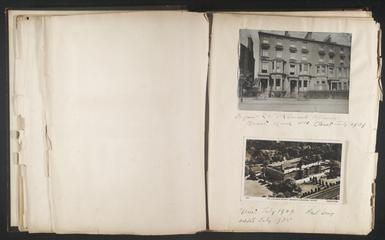
Southern Railway Company
During the First World War the government took control of the railways to co-ordinate the war effort. After the war it was decided that the railway companies could not competitively return to their prior state, and so the 1921 Railways Act merged the 120 existing railway companies into four companies, which became known as the ‘Big Four’’. Founded in 1923, the Southern Railway took over the railways of South-East England and came to consist of five major railway companies and 14 small ones. The Southern Railway had works at Ashford, Brighton, Lancing and Eastleigh.
The first chairman of the Southern Railway was Brigadier-General Sir Hugh Drummond. Initially the general managers of the three main constituent companies, namely the London & South Western Railway (LSWR), London, Brighton & South Coast Railway (LBSCR) and South Eastern and Chatham Railway (SECR) worked together to lead the Southern Railway during its first year of operation. From 1 January 1924 it was decided that railway would be led by one general manager and one chief mechanical engineer. The first holders of these posts were Sir Herbert Ashcombe Walker, formerly manager of the LSWR and Richard Maunsell previously the Chief Mechanical Engineer of the SECR. Walker was succeeded by Gilbert Szlumper, then Sir Eustace Missenden and the last general manager prior to nationalisation was Sir John Elliott.
The Southern Railway's operating structure was based on geographical divisions, initially these were London (East), London (West), Eastern (Dover) Southern (Brighton), Central (Southampton), and Western (Exeter).
The Southern Railway was the smallest of the Big Four, and it relied primarily on passenger traffic. The Southern Railway’s predecessors had begun the process of electrification around suburban London where there was a high volume of passenger traffic. This programme was continued by the Southern Railway and was approved by its first AGM in March 1924. A rolling programme of electrification continued throughout Southern Railway’s operation, and on 30 December 1932 the newly electrified line to Brighton was opened. Despite Southern Railway’s increasing use of electric trains, steam locomotives continued to be used, especially for goods trains, until the nationalisation of the railways in 1948.
As well as operating rail traffic, the Southern Railway owned and operated docks and harbours along the South Coast, the most important of which was Southampton Docks. It also ran passenger steamers across the English Channel to France. The Southern Railway operated air services to the Channel Islands from a number of airfields in the South-East and had stations at these airfields to allow passengers to transfer.
The 1947 Transport Act nationalised the railways, and the Southern Railway came to be run by the Railway Executive as part of the new British Transport Commission. The Southern Railway’s rail operations were taken over by the Southern Region of British Railways.



